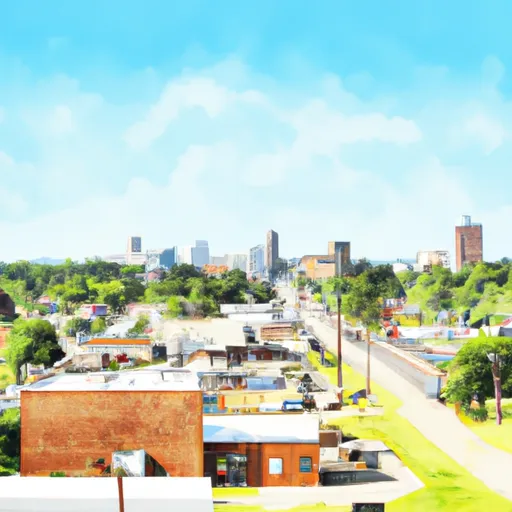°F
°F
mph
Windspeed
%
Humidity











Vidalia, Louisiana is a charming town located in Concordia Parish, situated on the banks of the Mississippi River. The climate in Vidalia is typically humid subtropical, characterized by hot and humid summers and mild winters. The area experiences abundant rainfall throughout the year, with the wettest months occurring from May to September.
Hydrology plays a significant role in Vidalia, as it is bordered by the mighty Mississippi River. Its proximity to the river provides a range of water-related activities. Boating, fishing, and water skiing are popular pastimes for residents and visitors alike. The river also offers picturesque views and opportunities for leisurely walks along its scenic banks.
Outdoor enthusiasts will find numerous recreational opportunities in Vidalia. Natchez State Park, located just across the river in Mississippi, offers hiking trails, camping facilities, and a picturesque lake for fishing and boating. Additionally, the nearby Tunica Hills Wildlife Management Area provides opportunities for hunting, wildlife observation, and hiking through beautiful forests and hills. Overall, Vidalia's climate, hydrology, and outdoor recreation options make it an attractive destination for nature lovers and adventure seekers.
Weather Forecast
Vidalia receives approximately 1500mm of rain per year, with humidity levels near 86% and air temperatures averaging around 19°C. Vidalia has a plant hardyness factor of 8, meaning plants and agriculture in this region tend to thrive here all year round.
Regional Streamflow Levels
26
Cubic Feet Per Second
32
Cubic Feet Per Second
10
Cubic Feet Per Second
135
Cubic Feet Per Second
Nearby Camping
| Camping Area | Reservations | Toilets | Showers |
|---|---|---|---|
| Wilbur D Mills | |||
| Oak Grove City Park | |||
| Pendleton Bend | |||
| Riverfront RV Park | |||
| Kemper Williams Parish Park | |||
| Lake Fausse Pointe State Park |



